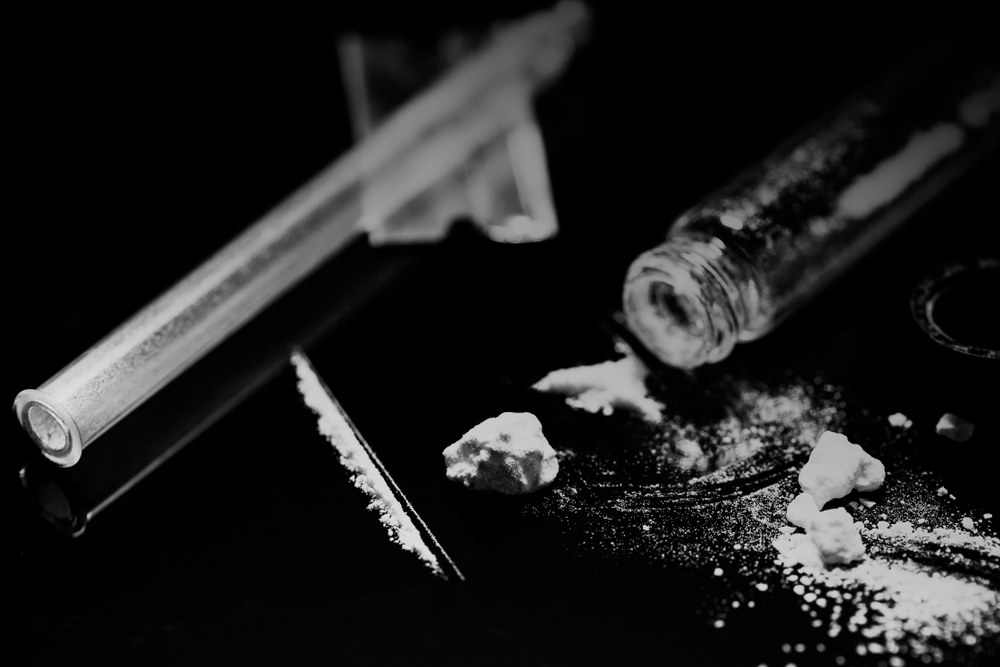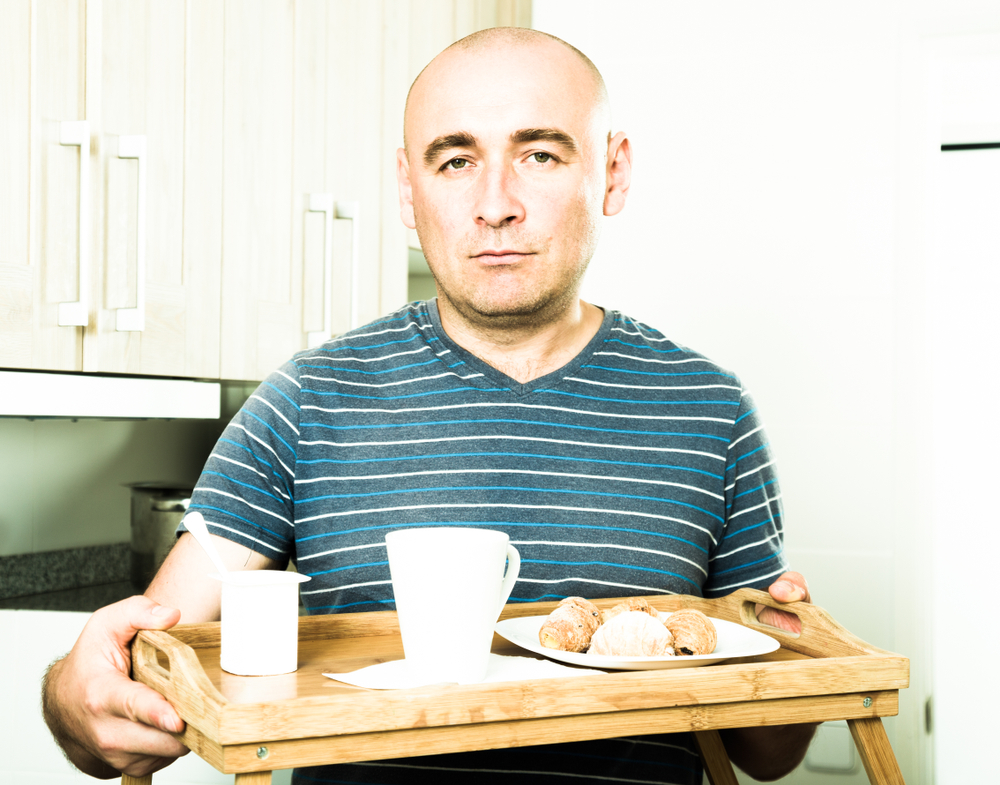
Opioid use disorder (OUD) is an increasingly challenging global health issue. In the UK alone, there are 146,000 people receiving treatment for opioid dependency (NDTMS (National Drug Treatment Monitoring System, 2017). The first-line treatment in many countries is opioid substitution treatment (OST): the prescribing of methadone or buprenorphine as a substitute for heroin. Such programmes of treatment are associated with a range of benefits, including a reduction in the transmission of viruses such as HIV and hepatitis C, as well as a reduction in crime and mortality (Cornish et al, 2010; Gowing et al, 2013). A significant proportion of the treatment population however continue to use illicit opioids and other drugs (most frequently crack-cocaine) whilst in OST. This is sometimes referred to a ‘treatment resistant OST’ or ‘on-top use’.
It is recommended that OST medications are delivered in tandem with evidence-based psychosocial interventions, such as contingency management (a type of behavioural reinforcement) and family and couples therapy. A Cochrane review (Amato et al, 2011) found no evidence to support the idea that OST is improved by the addition of psychosocial interventions. However, Prof Marsden and colleagues (Marsden et al., 2019) make an excellent point – such treatments are generally prescriptive (offered by therapists following a manual and a set order of interventions), which fail to allow for the flexibility to tailor treatments to individuals. This led the team, from Kings College London and South London and Maudsley NHS Mental Health Foundation Trust, to develop an intervention that could be personalised and tailored to each individual’s needs, based on case-formulation rather than a standardised manual.

Opioid substitution treatment with methadone or buprenorphine offers stability for many struggling with opioid dependence, but ‘on-top use’ (most frequently crack-cocaine) is a significant issue.
Methods
The randomised controlled trial was carried out at a specialist community addictions service in London. All participants were over the age of 18 and met the criteria for opioid and/or cocaine dependence in the past 12 months and had been prescribed oral methadone/buprenorphine treatment for at least six weeks. 270 participants were randomised in equal numbers to either the psychosocial intervention or treatment as usual (control) group. As with any trial of this nature, it was not possible to blind the participants, clinicians or research assistants to which group the participant was in.
The following measures were taken at the start of the trial and 18 weeks later:
- Self-reported opioid and cocaine use from the past 28 days
- Depression scores (PHQ-9)
- Anxiety scores (GAD-7)
- Work and social adjustment (WSAS)
- Health-related quality of life (EQ-5D-3L)
- Urinalysis (to detect opioid or cocaine use)
Those in the psychosocial intervention group underwent a 90-minute assessment and case formulation with a senior psychologist and assistant psychologist prior to starting the intervention. Treatment plans were discussed weekly in a case conference attended by all therapists and senior study clinicians. The psychosocial intervention itself comprised of a personalised ‘toolbox’ of psychological-change methods such as:
- CBT (to help with cravings)
- Behavioural experiments (to modify disorder-maintaining beliefs – Marsden et al., 2018)
- Contingency management (to reinforce abstinence)
- 12-step group facilitation (Nowinski et al, 1999)
- Behavioural activation (for depression (Gilbert, 2009)
- As well as techniques to involve partners and family members in treatment (Copello et al, 2002).
The exact treatments used for each client in the intervention group were personalised, based on the formulations and results of baseline tests, however all clients were required to choose from one of three contingency management options (clinic attendance, recovery activities, drug abstinence). Twelve weeks of sessions were planned but the researchers, very sensibly, allowed for 2 optional extra sessions to allow for missed sessions (e.g. if client was in police custody or hospital).
Sessions were delivered by assistant psychologists, who received weekly group and fortnightly individual supervision. Participants in both groups continued to receive 30-minute individual appointments with their usual drug treatment key-worker. The primary outcome was treatment response at 18 weeks after randomisation, which was defined as no reported opioid or cocaine use in the 28-days prior to final follow-up interview (corroborated with drug tests).
Results
There was a significant increase in treatment response (drug-free in previous 28 days) in the psychosocial intervention group (see table 1 below). The participants that received the psychosocial intervention also had significantly more days free from heroin and crack use than those that received treatment as usual; they additionally reported less social impairment. There were no differences between the groups on the other measures including anxiety, cognitive function and depression.
Although more expensive than treatment as usual, the authors provided an economic evaluation, which demonstrated that the treatment was more cost-effective, due to a reduction in the use of NHS and social services as well as a reduction in criminal activity.
Table 1: Primary outcome at 6-18 weeks
| Psychosocial intervention group (n=120) | Control group
(n=117) |
Mean between group difference (95% CI) | p-value | |
| Treatment response (primary outcome) | ||||
| 6 weeks | 8/80 (10%) | 6/84 (7%) | – | – |
| 10 weeks | 7/49 (14%) | 5/50 (8%) | – | – |
| 14 weeks | 6/21 (29%) | 0/15 (0%) | – | – |
| 18 weeks (primary endpoint) | 22/120 (18%) | 9/117 (8%) | 1.20 (0.01 to 2.37)* | 0.048 |
*Adjusted odds ratio

The psychosocial intervention resulted in an overall reduction in crack and heroin use and lower levels of social impairment.
Conclusions
This study has effectively addressed an important issue in opioid substitution treatment (OST): the continued use of drugs on top of OST medications. It is important to see whether the promising results of this study can be replicated in other areas and treatment settings.

Reducing or stopping ‘on-top’ use of heroin and/or crack is an important outcome in treatment and a key stepping-stone on the journey to recovery.
Strengths and limitations
Currently, the government defines success in OST as completing treatment drug-free and not returning within 12-months. However, many argue (myself included) that a greater focus needs to be placed on other important recovery outcomes within OST, such as those highlighted by this study. Some individuals may not be ready to come off OST medications completely and move into full abstinence but may be making important recovery gains such as stopping using heroin or increasing their social functioning; a huge step for some.
At 18 weeks, 18% in the psychosocial intervention group had stopped using heroin or crack in the previous 28 days, however I would be interested to learn more about why the other 82% found the intervention less effective. Perhaps they were just not ready to commit to total abstinence, or it could be something about the intervention itself that was less acceptable to these people.

It’s not all about being drug-free. A greater focus needs to be placed on other important recovery outcomes within opioid substitution treatment.
Implications for practice
Treating a highly heterogenous and complex population necessarily requires a flexible and creative approach. Key-workers in drug treatment do a fantastic job with the resources they have; however, they may lack both the time and clinical expertise to offer a package of interventions such as this. For some clients, standard OST alone may not be enough; this study shows the importance of properly funding specialist, multi-disciplinary teams in drug treatment who are able to offer tailored interventions based on a case-formulation approach.

In the current economic climate, funding specialist psychological services within drug and alcohol treatment is a serious challenge.
Conflicts of interest
Vicky Carlisle’s current PhD work is concerned with understanding the facilitators and barriers to recovery within the context of opioid substitution treatment (OST).
Links
Primary paper
Marsden, J., Stillwell, G., James, K., Shearer, J., Byford, S., Hellier, J., … Mitcheson, L. (2019). Efficacy and cost-effectiveness of an adjunctive personalised psychosocial intervention in treatment-resistant maintenance opioid agonist therapy: a pragmatic, open-label, randomised controlled trial. The Lancet Psychiatry, 6(5), 391–402. https://doi.org/10.1016/S2215-0366(19)30097-5
Other references
Amato, L., Minozzi, S., Davoli, M., & Vecchi, S. (2011). Psychosocial combined with agonist maintenance treatments versus agonist maintenance treatments alone for treatment of opioid dependence. Cochrane Database of Systematic Reviews. https://doi.org/10.1002/14651858.CD004147.pub4
Copello, A., Orford, J., Hodgson, R., Tober, G., & Barrett, C. (2002). Social behaviour and network therapy: Basic principles and early experiences. Addictive Behaviors, 27(3), 345–366. https://doi.org/10.1016/S0306-4603(01)00176-9
Cornish, R., Macleod, J., Strang, J., Vickerman, P., & Hickman, M. (2010). Risk of death during and after opiate substitution treatment in primary care: prospective observational study in UK General Practice Research Database. BMJ (Clinical Research Ed.), 341, c5475. https://doi.org/10.1136/BMJ.C5475
Gilbert, P. (2009). Overcoming depression: A self-help guide using cognitive behavioural therapy techniques. (Vol. 3rd). London: Constable & Robinson.
Gowing, L. R., Hickman, M., & Degenhardt, L. (2013). Mitigating the risk of HIV infection with opioid substitution treatment. Bulletin of the World Health Organization, 91(2), 148–149. https://doi.org/10.2471/BLT.12.109553
Marsden, J., Goetz, C., Meynen, T., Mitcheson, L., Stillwell, G., Eastwood, B., … Grey, N. (2018). Memory-Focused Cognitive Therapy for Cocaine Use Disorder: Theory, Procedures and Preliminary Evidence From an External Pilot Randomised Controlled Trial. EBioMedicine, 29, 177–189. https://doi.org/10.1016/J.EBIOM.2018.01.039
Marsden, J., Stillwell, G., James, K., Shearer, J., Byford, S., Hellier, J., … Mitcheson, L. (2019). Efficacy and cost-effectiveness of an adjunctive personalised psychosocial intervention in treatment-resistant maintenance opioid agonist therapy: a pragmatic, open-label, randomised controlled trial. The Lancet Psychiatry, 6(5), 391–402. https://doi.org/10.1016/S2215-0366(19)30097-5
NDTMS (National Drug Treatment Monitoring System). (2017). Adult substance misuse statistics from NDTMS 2 About Public Health England. Retrieved from www.gov.uk/phe
Nowinski, J., Baker, S., & Caroll, K. (1999). Twelve step facilitation therapy manual. A clinical research guide for therapists treating individuals with alcohol abuse and dependence.
Office for National Statistics. (2017). Deaths related to drug poisoning in England and Wales – Office for National Statistics.
Roland, M., & Torgerson, D. J. (1998). What are pragmatic trials? BMJ (Clinical Research Ed.), 316(7127), 285. https://doi.org/10.1136/bmj.316.7127.285

Fantastic review with some inspiring results.
I would suggest that the findings reflect less the physiological determinants of addiction, but more the underlying psychological aspects that predispose and perpetuate. However, within the UK where integration between services can be lacking (either due to poor resource or lack of funding,) this does pose an issue of practicality beyond specialist settings. Do you feel that there is a way to integrate these approaches in other drug use?
Hi Ben, thanks for your comments and apologies for the delay – I’ve just returned from our holidays. I agree that the findings are reflective of the psychological rather than physiological changes that service users experienced in this study. Medication alone can only have limited effects, especially for clients with more complex underlying issues that are difficult to address within the context of infrequent and short OST consultations.
I agree that in the UK, integration between services is lacking and I too wonder how feasible it is to roll out interventions such as this in the current climate. It is also important to note, I think, that the individual doesn’t exist in a vacuum and there are important intrapersonal, social and political influences on an individual’s ability to be able to address their dependency. If the UK government wish to be as ‘ambitious’ about recovery as they state in their most recent drug strategy, they would do well to address these too.